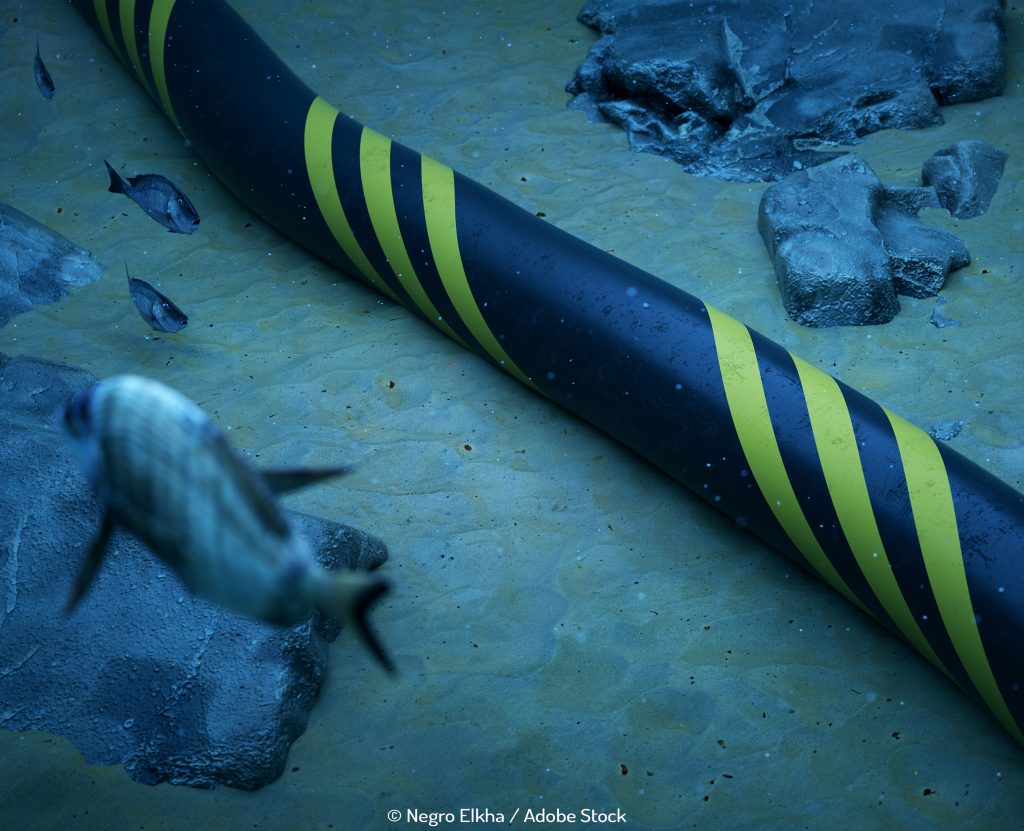The controversial search for MH-370
Malaysia has pulled out one of the vessels used to look for the missing Malaysian Airlines plane, which disappeared from radar shortly after taking off on March 8th 2014 while en route from Kuala Lumpur to Beijing. 239 people were on board at the time but not a single trace of the plane has been found.
The search has cost around £70m, borne mostly by the Australian, Malaysian and Chinese governments. To put it into perspective – that is more than three times the cost for the Air France flight AF 447 in 2009 which took two years.
The Malaysian government had contracted GO Phoenix in the southern Indian Ocean, with a remote operated side-scan sonar vehicle capable of operating at depths of nearly 20,000ft. But after operating in severe weather conditions and tropical cyclones the decision was taken to shut down its operation. The team has supplied sonar data covering around 90% of the assigned search area.
In total more than 19,000 m2 of a planned 46,000 m2 of seafloor has been searched by the international group.
The hunt for MH 370 has not been without controversy. Recently industry experts criticised the Australian government for selecting Fugro NV. They argued that it was using inappropriate technology for some terrain and inexperienced personnel for the highly specialised task of hunting man-made objects. “Fugro is a big company but they don’t have any experience in this kind of search ad it’s really a very specialised job,” said Paul-Henry Nargeolet, a former French naval officer hired to search for the Air France jet. “This is a big job,” he told Reuters. “ I’m not an Australian taxpayer but if I was, I would be very mad to see money being spent like that.”
That was robustly refuted by Fugro which said that its gear is rigorously tested. It uses sonar provided by EdgeTech which is the same US company whose sonar was used to successfully find AF 447 following its crash in the Atlantic Ocean.
However, experts say this technology is suited to flat surfaces – not the rugged underwater terrain in the Indian Ocean. Some say having seen videos and pictures on the ATSB website that the sonars are operating beyond their optimum capabilities and the results are poor quality imaging with gaps in coverage. One of those which failed to win the contract for the search effort was Williamson & Associates. A VP at the company Rob McCallum has publicly criticised what’s happening, saying that, “It makes no sense to be using fine scale tools to cover a massive area; it is like mowing an entire wheat field with a household lawnmower.”
“These attacks are unfounded and unfair,” Martin Dolan, the chief commissioner of ATSB said, in a statement. “The search for MH370 represents thousands of hours of work by hundreds of people who are dedicated, expert and professional. They are fully committed to finding the aircraft.”
At the heart of this is a very real tragedy which has left hundreds of people without an answer to what happened to their loved ones. Central to the hunt for the Boeing 777 is the need to identify what went wrong so it doesn’t happen again. The International Civil Aviation Organisation head Raymond Benjamin recently said the search is more important than ever for the future safety of jet flights and the families of the victims. “We don’t know what exactly happened in the cockpit, so we don’t know if it was a security issue or a safety issue. We have never had a situation where an aircraft flew for seven hours before crashing. Without the aircraft wreckage, we don’t know.”


